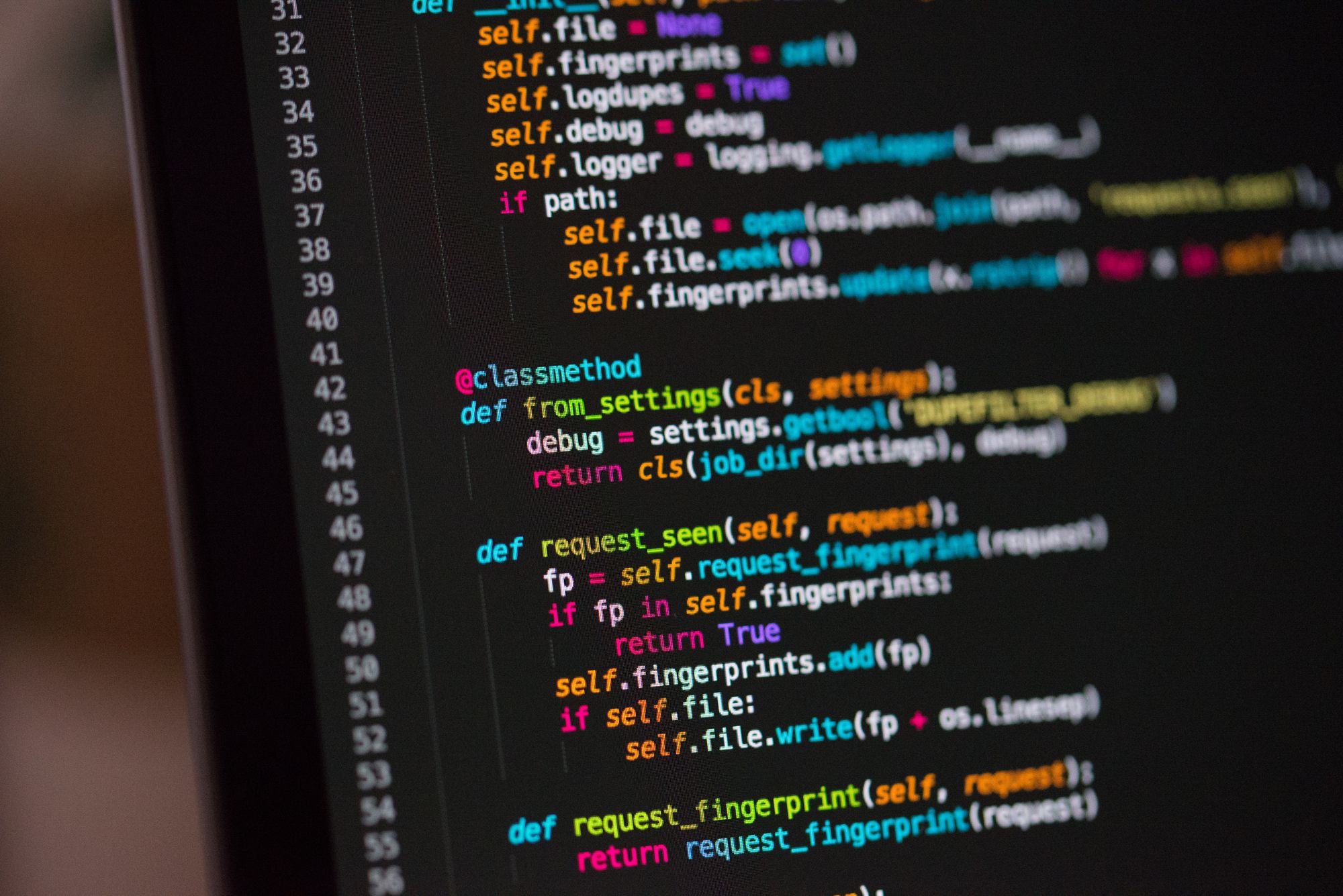Python: Unleash the Power of Simplicity and Versatility
In today's rapidly evolving digital landscape, programming languages play a crucial role in enabling innovation and driving technological advancements. One such language that has garnered immense popularity and acclaim is Python. Renowned for its simplicity, versatility, and extensive range of applications, Python has become the go-to language for programmers, data scientists, and enthusiasts alike. In this blog post, we will explore why learning Python is a wise choice, the vast possibilities it offers, and delve into some famous Python projects that have made a significant impact across various domains.
Why Learn Python?
Python's rise in popularity can be attributed to several compelling reasons, making it an ideal language for beginners and experienced programmers alike.
- Simplicity: Python boasts a clean and readable syntax, emphasizing code readability and reducing the learning curve. This simplicity allows developers to focus on problem-solving rather than intricate syntax details.
- Versatility: Python is a versatile language that finds applications in numerous domains, including web development, data analysis, artificial intelligence, machine learning, scientific computing, and more. This versatility makes it a powerful tool for addressing a wide range of challenges.
- Thriving Community and Abundant Resources: Python has a vibrant and supportive community, providing access to a vast array of libraries, frameworks, and resources. This ecosystem empowers developers to leverage existing solutions, collaborate, and rapidly prototype their ideas.
- Career Opportunities: Python's popularity has led to an increasing demand for skilled Python developers across industries. Learning Python opens up a world of exciting career opportunities, with roles ranging from software development to data analysis and machine learning engineering.
Python's Boundless Applications
Python's versatility enables developers to undertake diverse projects and solve complex problems. Here are some areas where Python shines:
- Web Development: Python offers powerful frameworks like Django and Flask, allowing developers to build robust web applications efficiently. Its simplicity, coupled with extensive libraries, makes it an excellent choice for both backend and frontend development.
- Data Analysis and Visualization: Python's rich ecosystem of libraries, such as NumPy, Pandas, and Matplotlib, provides comprehensive tools for data manipulation, analysis, and visualization. It is widely used in data science and business analytics to extract insights from large datasets.
- Machine Learning and Artificial Intelligence: Python, with libraries like TensorFlow, PyTorch, and scikit-learn, has become the de facto language for machine learning and AI research. Its simplicity and flexibility make it easy to implement and experiment with complex algorithms.
- Scripting and Automation: Python's scripting capabilities make it a powerful tool for automating repetitive tasks, creating scripts for system administration, and enhancing workflow efficiency. Its cross-platform compatibility ensures that scripts can run on different operating systems.
Famous Python Projects
Python has been instrumental in the development of numerous notable projects across diverse domains. Here are a few examples:
- Django: Django, a high-level web framework, powers some of the most popular websites globally, including Instagram, Spotify, and Pinterest. Its scalability, security, and comprehensive features have made it a favorite among web developers.
- TensorFlow: Developed by Google, TensorFlow is an open-source library for machine learning and neural network implementations. It has revolutionized the field of AI and has been utilized in various applications, from image and speech recognition to natural language processing.
- Pandas: Pandas is a powerful data manipulation and analysis library widely used in the field of data science. It provides data structures and functions to efficiently handle and analyze structured data, making it indispensable for tasks such as data cleaning, feature engineering, and exploratory data analysis.
- PyTorch: PyTorch is a popular open-source machine learning library known for its dynamic computational graphs and extensive support for deep learning models. It has gained significant traction in the research community and has been employed in cutting-edge projects in fields like computer vision and natural language processing.
- Flask: Flask is a lightweight and flexible web framework that enables developers to build scalable and modular web applications. It has been widely adopted for developing APIs, microservices, and prototypes due to its simplicity and minimalistic design.
- scikit-learn: scikit-learn is a versatile machine learning library that provides a wide range of algorithms and tools for classification, regression, clustering, and more. It has become the go-to choice for implementing machine learning models in Python, empowering developers to create powerful and accurate predictive models.
- OpenCV: OpenCV (Open Source Computer Vision Library) is a Python library used for computer vision and image processing tasks. It offers a comprehensive set of functions and algorithms for tasks like object detection, image recognition, and video analysis.
Python's simplicity, versatility, and vast ecosystem of libraries have propelled it to the forefront of programming languages. Whether you aspire to build web applications, dive into data analysis, explore machine learning, or embark on any other programming endeavor, Python equips you with the tools and resources to succeed. With its widespread adoption in various industries and an ever-growing community, learning Python not only opens doors to exciting career opportunities but also empowers you to create innovative solutions and make a positive impact in the digital world. So, embrace the power of Python, and let your creativity soar as you embark on an enriching programming journey.
























































